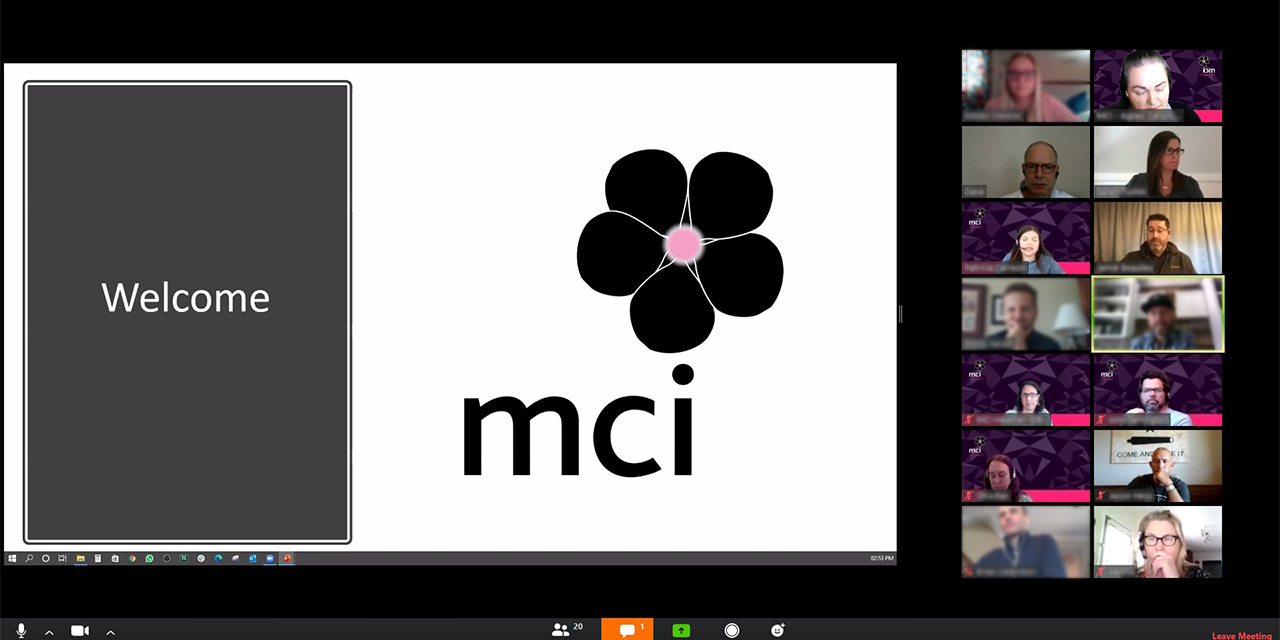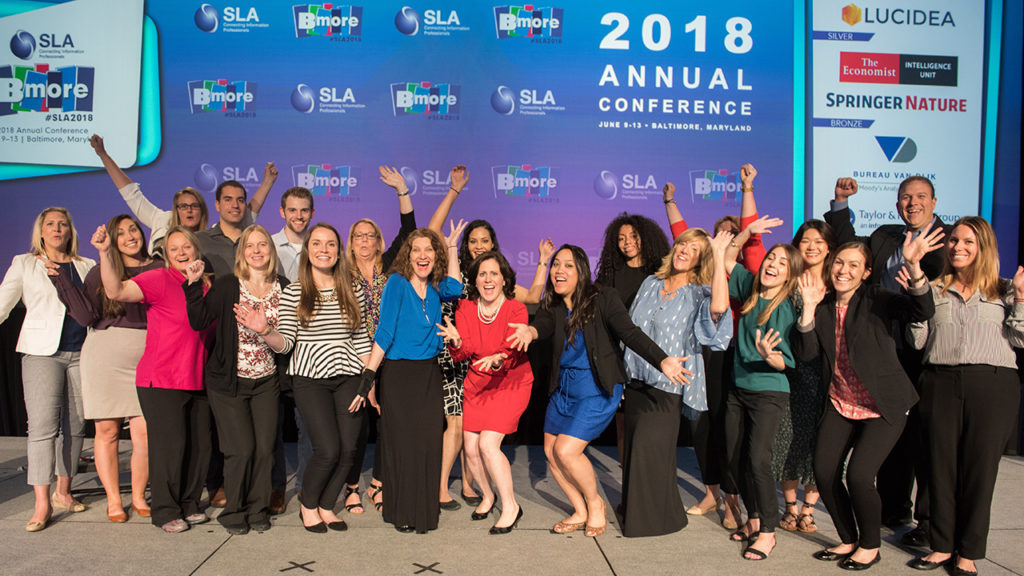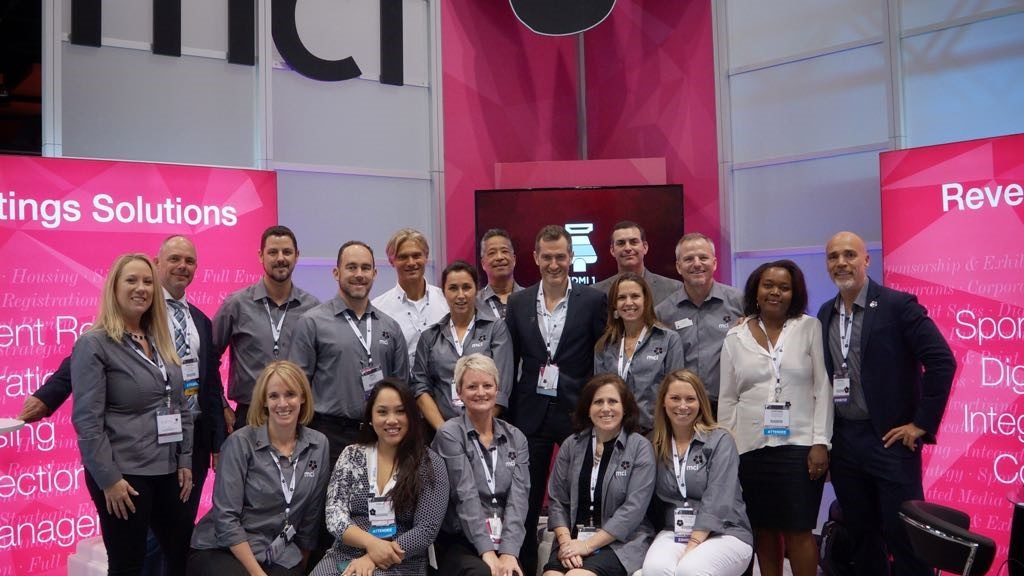While the Corporate Events team was getting our feet wet on newly won pharma account, just getting comfortable with SOPs, governance and different stakeholders – the Coronavirus pandemic hit, deeply impacting our livelihood in terms of in-person meetings.”
In the very early stages of COVID-19, one of our stakeholders who was scheduled to have an in-person meeting in Chicago on March 14 asked MCI what our capabilities were to pivot his program to virtual. This marked the first day of an extremely steep learning curve for our team – as the biggest take-away for us has been that virtual platforms are not created equal and that user tech knowledge and comfort with platforms play an equal part in the successful outcome of a meeting. What did we really know about virtual meetings prior to March 6 – aside from involving an A/V company to manage the “hybrid” aspect of a live meeting? It was just an additional aspect of their overall tech scope.
Here we are, three months later into the virtual meeting world, with five virtual meetings to our repertoire and with five more to execute in June for this same account, across three different stakeholders. We’ve rapidly become experts in this domain. The silver lining is that since virtual meetings are more cost efficient than in-person, these clients are actually adding more programs. They are also quickly realizing that advisory boards are most productive when limited to a maximum of eight advisors; they are also making their meetings smaller by creating a “regional” event, however increasing in frequency.
We’ve also developed best practices, found solutions to increase attendee engagement, and enhanced the production value behind the experience. We’ve provided services like meal delivery – resulting in highly successful outcomes that appeased our clients’ concerns of perceived value of these meeting types.
And here is to many more virtual meetings throughout 2020, until we can transition to a hybrid approach. Don’t get us wrong – clients will not be replacing live meetings with virtual as conditions improve. They absolutely see the value of meeting face to face, and that time can’t come soon enough. But while they must move their business forward and find ways to accomplish these business-critical programs, they are extremely grateful in having a solution that is allowing them to continue “business as usual.”






Recent Comments